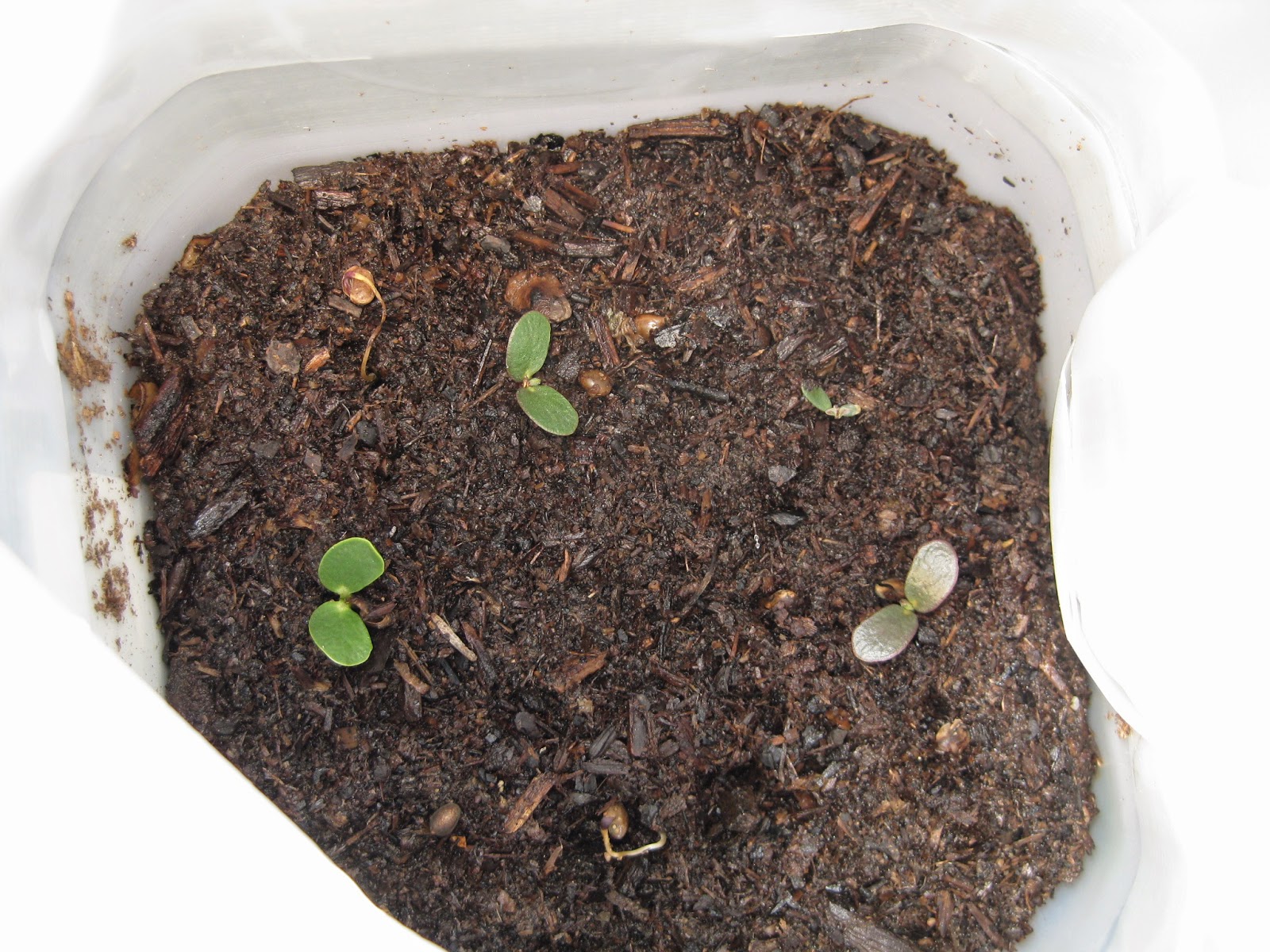To winter sow, cut about midway up the container just above where your soil line will be. Don't cut the top all of the way off. Leave one side attached so that it is a flip top. Fill the bottom with moistened potting soil, plant the seeds, duck tape the top to the bottom, and use a knife to poke one hole one each side at the base for drainage. Throw the top cap away and set outside. You need to water about once a week until it starts to warm up and then twice a week or whenever they get dry. They grew just fine with regular night temperatures in the single digest to 20°F.
Instructions for winter sowing
http://wintersown.org/wseo1/Plastic_Gallon_Jug.html
What to sow when
http://www.agardenforthehouse.com/2012/01/what-to-winter-sow-and-when/
Winter sowing works great with cold weather tolerant crops like kale, collards, brussel sprouts, onions, and many flowers. Just plant them in January or February and stick them outside to sprout when they decide. I actually have had a hard time growing bulbing onions from seed until I tried winter sowing. I have my best and largest onion bulbs overwintering in the ground outside for seed. I dug some of the smaller onion bulbs out of the frozen ground/wood chip mulch and used them for cooking this last week.
Winter sowing did not work for my tomatoes, peppers, or potato seedlings. They didn't start sprouting until it was almost too late to plant and were then too small. I think I would need to bring them in at night in my climate to get them large enough to transplant on time.
Celebrate The Family Proclamation
1 month ago




















